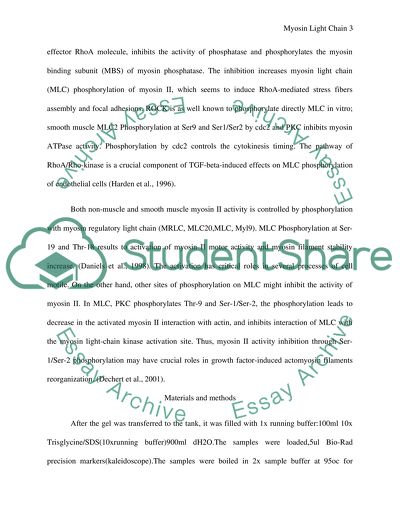Cite this document
(“Effect of TGF- and Rock Inhibition on Phosphorylation of Myosin Light Lab Report”, n.d.)
Retrieved de https://studentshare.org/health-sciences-medicine/1472413-effect-of-tgf-and-rock-inhibition-on-phosphorylation-of-myosin-light-chain
Retrieved de https://studentshare.org/health-sciences-medicine/1472413-effect-of-tgf-and-rock-inhibition-on-phosphorylation-of-myosin-light-chain
(Effect of TGF- and Rock Inhibition on Phosphorylation of Myosin Light Lab Report)
https://studentshare.org/health-sciences-medicine/1472413-effect-of-tgf-and-rock-inhibition-on-phosphorylation-of-myosin-light-chain.
https://studentshare.org/health-sciences-medicine/1472413-effect-of-tgf-and-rock-inhibition-on-phosphorylation-of-myosin-light-chain.
“Effect of TGF- and Rock Inhibition on Phosphorylation of Myosin Light Lab Report”, n.d. https://studentshare.org/health-sciences-medicine/1472413-effect-of-tgf-and-rock-inhibition-on-phosphorylation-of-myosin-light-chain.


